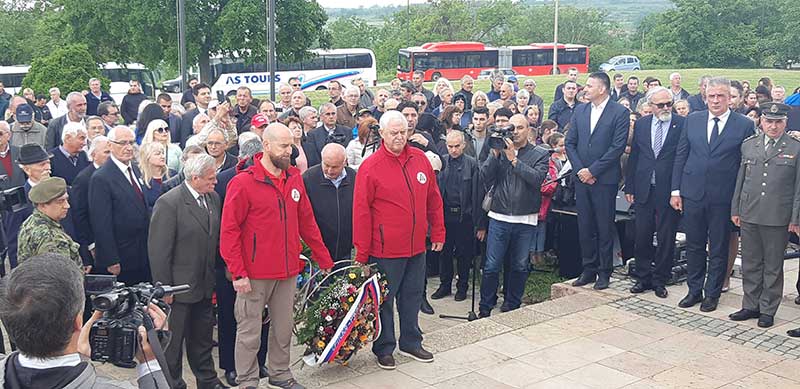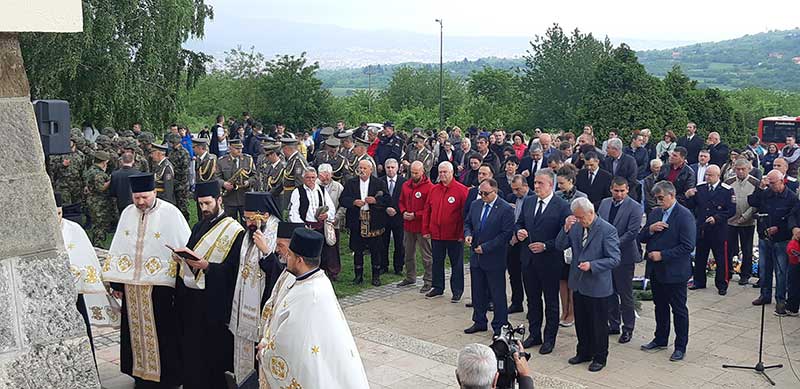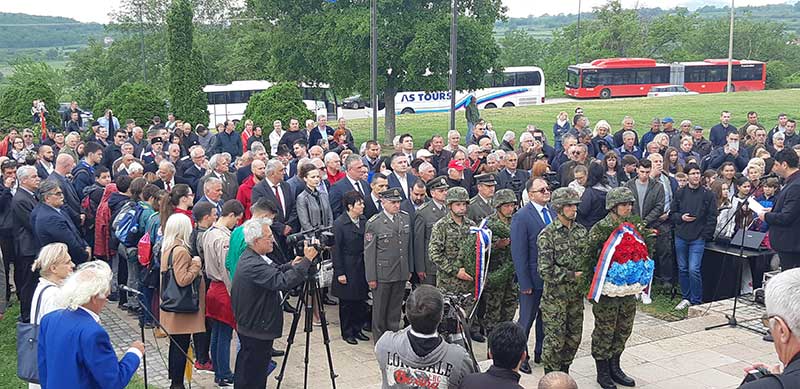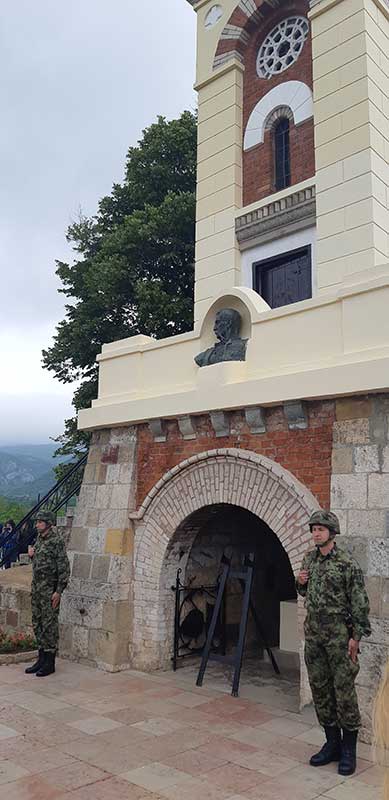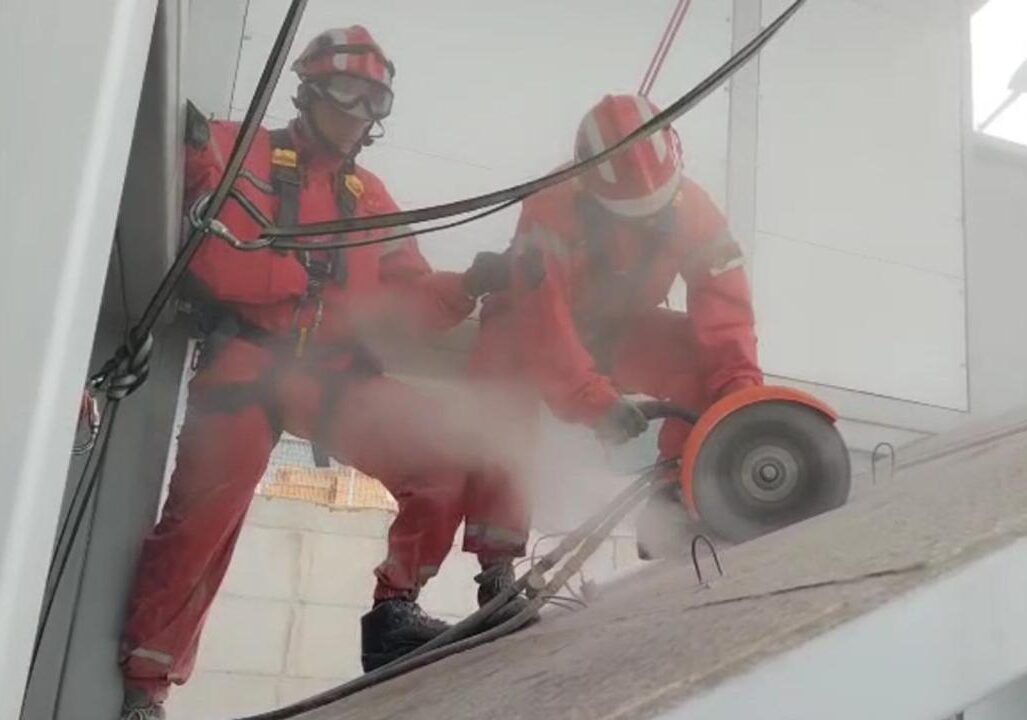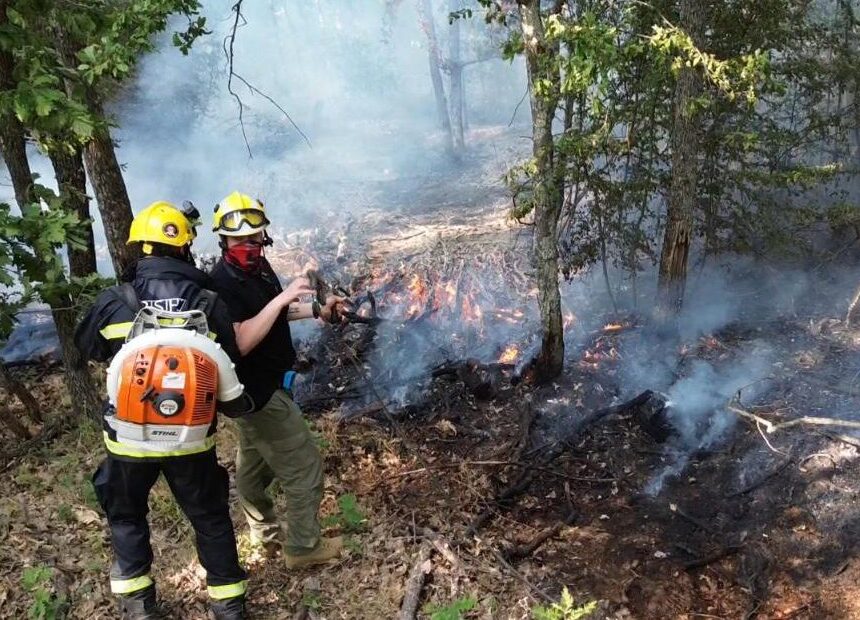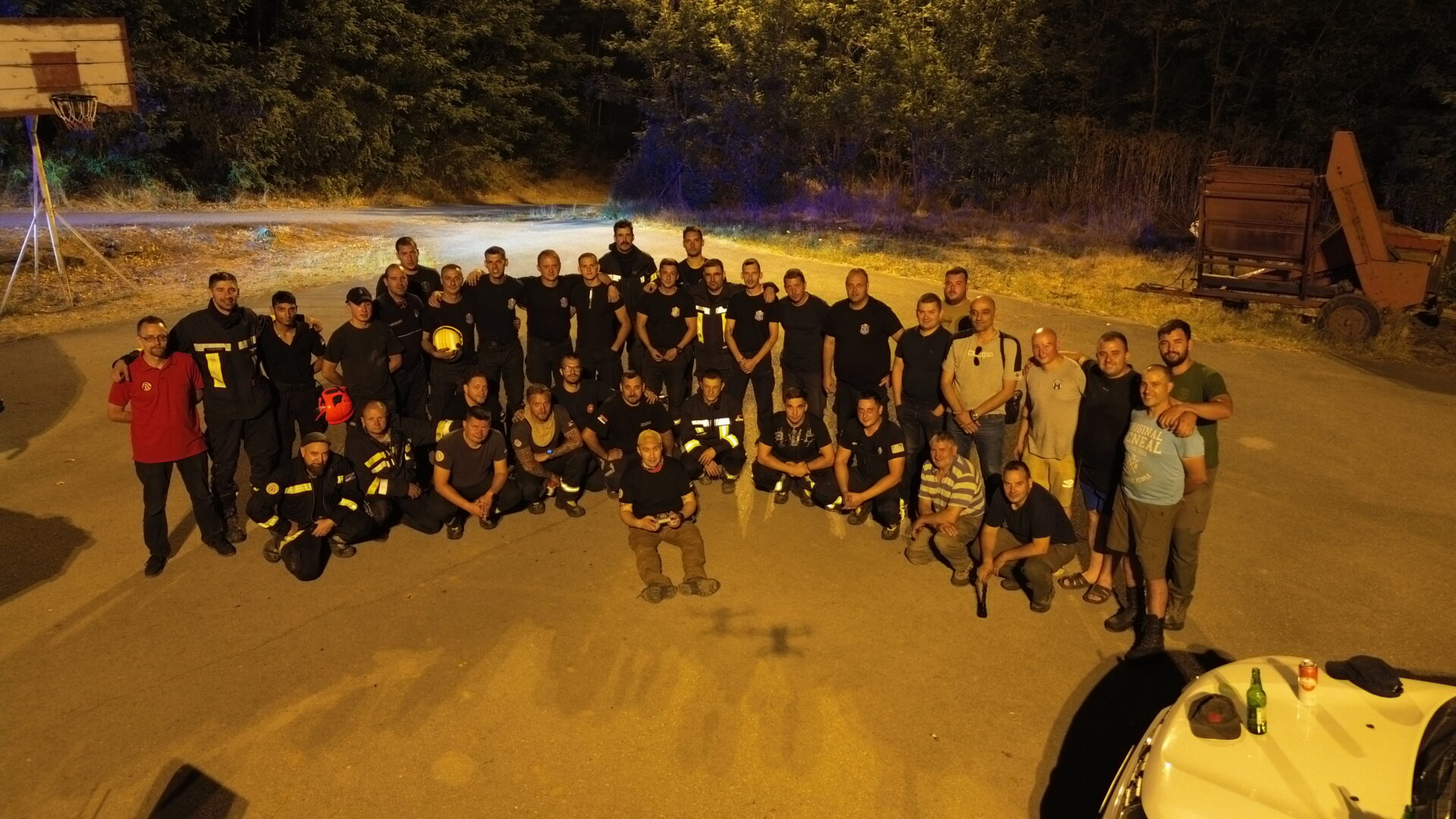Russian-Serbian Humanitarian Center and The History of Serbia
The staff of the Russian Serbian Humanitarian Centre know the history of Serbia and, together with Serbian friends, participate in the social and political life of the country, marking its significant dates.
The 19th century was a fateful year for the people of Serbia — the Serbs freed themselves from the Turkish yoke, going through a long struggle for their independence.
On February 15, 1804, in the village of Orashac, Serbian leaders decided to start an uprising, in 1804 at a gathering of elders in The Doctor, it was decided to ask Russia for help and Emperor Alexander supported the idea that Russia became the official patron of the Serbs in the struggle for autonomy. A new outbreak of Serbian uprising followed the beginning of the Russo-Turkish War and on December 14, 1806, rebel forces took Belgrade. The slogan of an independent Serbia replaced the call for autonomy. A course focused on Russia has been established. On June 17, 1807, a Russian detachment of 1,000 men crossed to the right bank of the Danube, joined the Serbs and began the siege of the fortress of Negotin. . The Serbs launched an offensive in four directions: On Vidin, Nish, Bosnia and In Stari Vlah.
On May 31, 1809, the Turkish army attacked Serb positions on Chegar under the command of Stefan Sinjelic. When most of Chegar's defenders fell, Sinjelic fired into the gunpowder depot. The explosion killed all the defenders of the positions and many attacking Turks.
On July 4, 1878, a few months after Serb troops occupied Nis in the war with the Ottoman Empire, King Milan I Obrenovic unveiled a monument to the fallen on Chegar. On June 1, 1927, King Alexander I Karageorgievich unveiled a new monument, standing on the mountain to this day.
Today, representatives of the Center joined hundreds of Nisha residents who brought flowers to the monument to fallen Serbian heroes.

